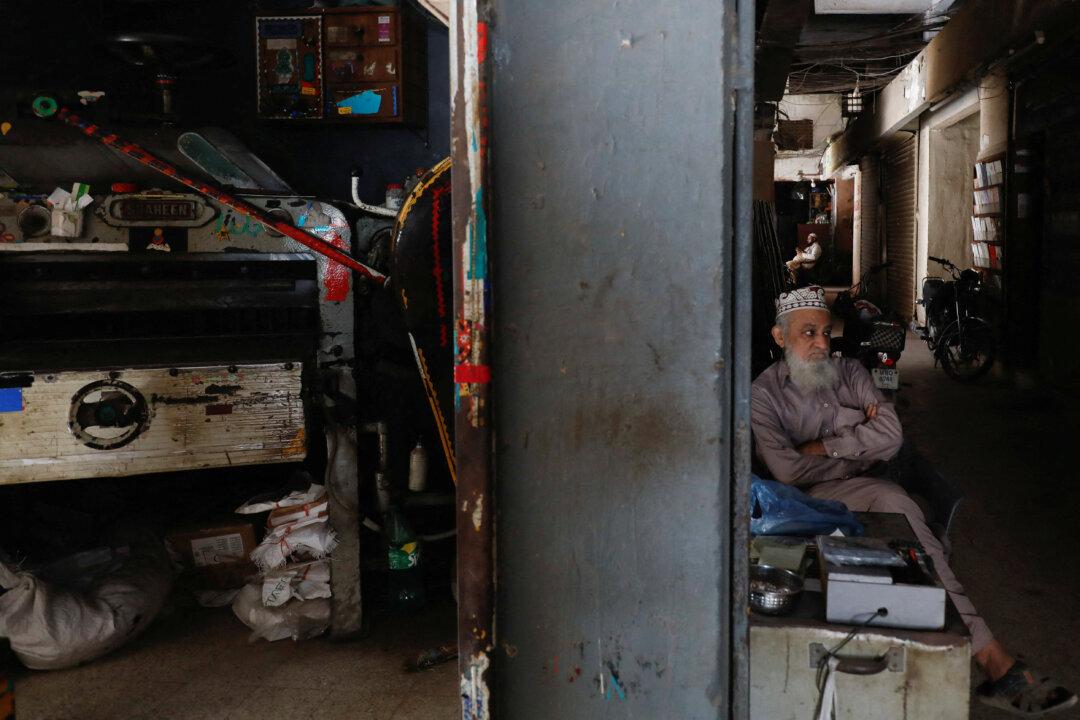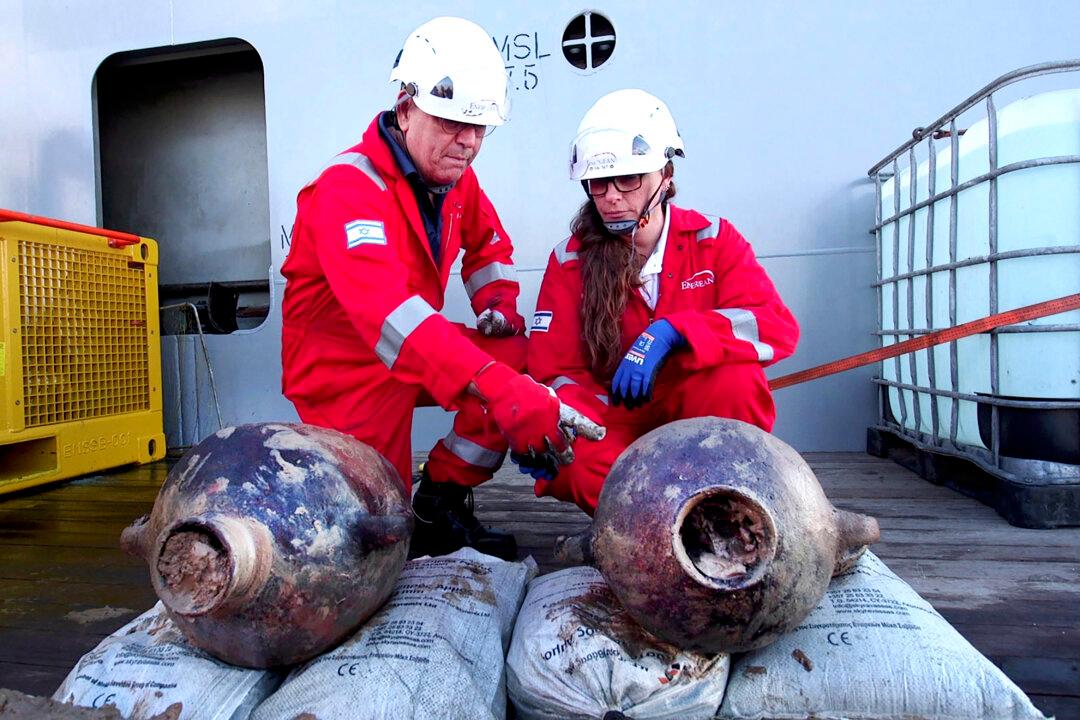Large swaths of Pakistan were left without electricity on Monday, as efforts were still ongoing to restore power in the debt-laden country.
The incident was the second in three months in the country of 220 million people, with the energy minister giving as cause this time a power-saving measure that went wrong.





